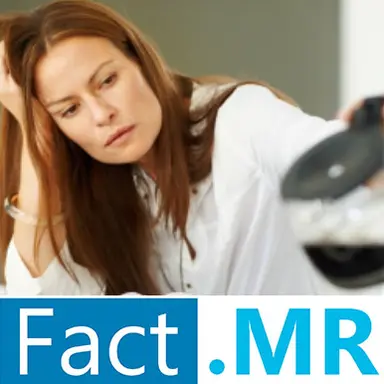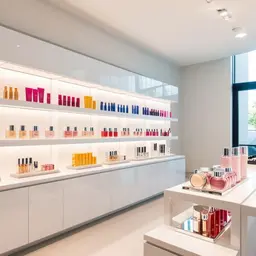
According to Fact.MR, a market research agency, anti-fatigue cosmetics are gaining ground worldwide and the global market for this sector is expected to grow at an average annual growth rate of about 4.4% by 2029, with an upward trajectory that is expected to continue in the coming years. This growth can be largely attributed to factors such as the impact of lifestyles on the skin, high stress levels, poor eating habits, lack of sleep, increased pollution levels, etc., in parallel with the increase in disposable income.
The anti-fatigue segment benefits primarily from cream and gel textures, particularly for high-end products and multi-functional cosmetics.
Creams are expected to account for more than 35% of this market by 2029, with moisturizers but also primers and eye creams.
Gels, which are on the rise, mainly attract consumers with oily skin and account for one-fifth of this market.
However, lotions are expected to make a name for themselves in the future: Fact.MR forecasts a growth rate of around 6% for them over the same period.
Big players in every region of the world
Relatively fragmented, the anti-fatigue cosmetics market is a playground increasingly invested by the big names in cosmetics, such as L’Oréal, Unilever, Estée Lauder, Christian Dior… among many others.
While North America currently accounts for 37% of the global value of this segment, there is strong growth in demand in South-East Asia and Oceania. Consumers there enjoy growing purchasing power and are increasingly interested in skin care products.
Anti-fatigue, yes, but natural and organic
In this segment as in many others, consumers are looking for products based on natural and/or organic ingredients, to the detriment of active ingredients of synthetic origin.
This is the reign of the vegetable, …













